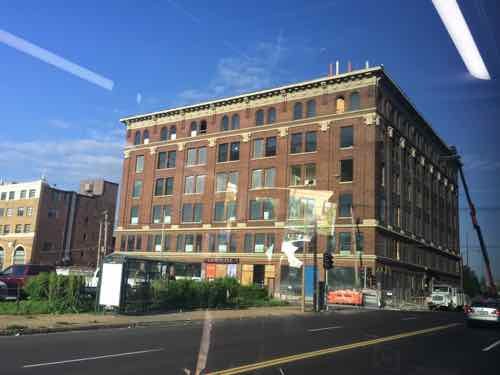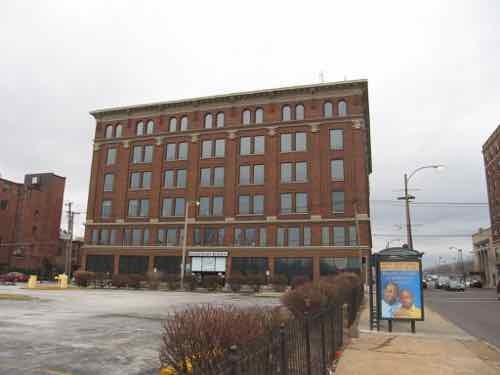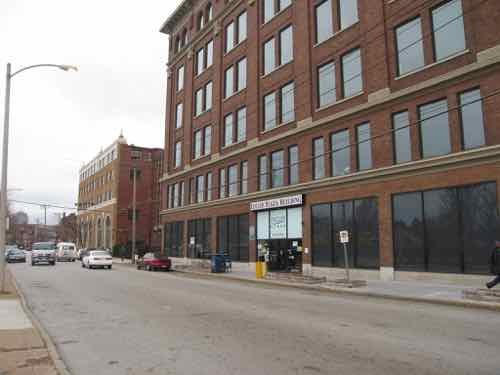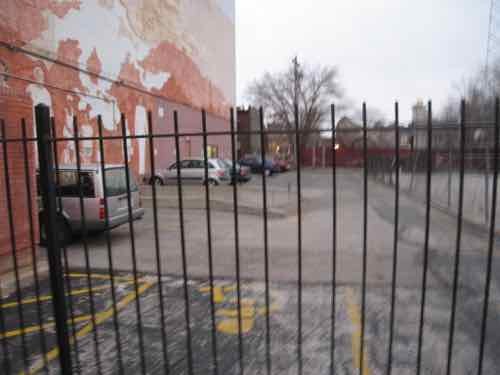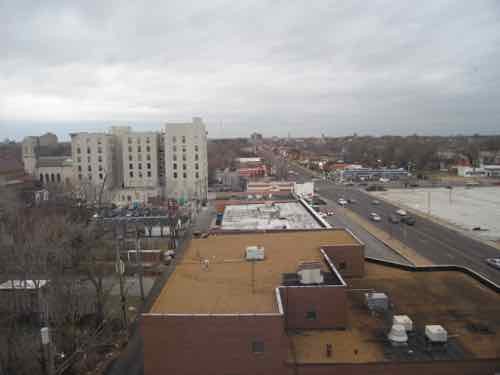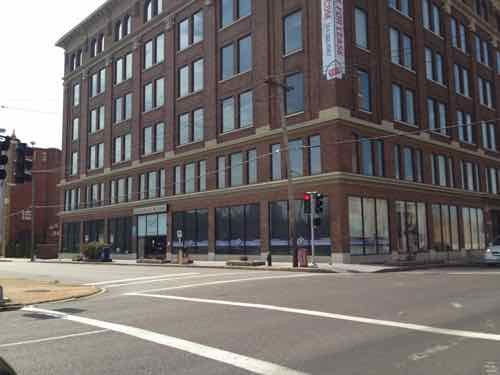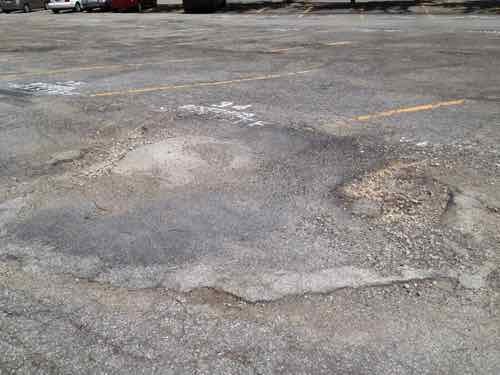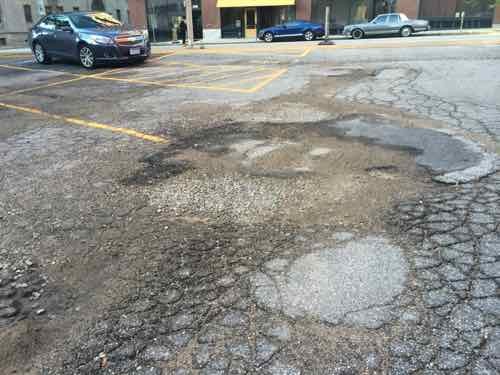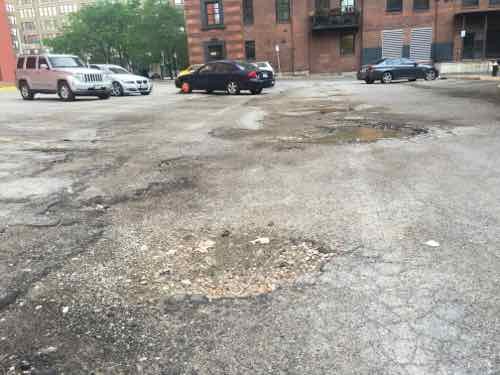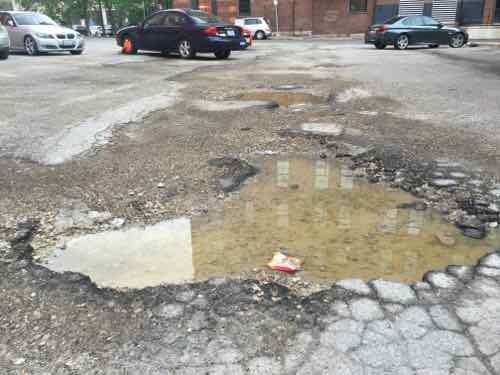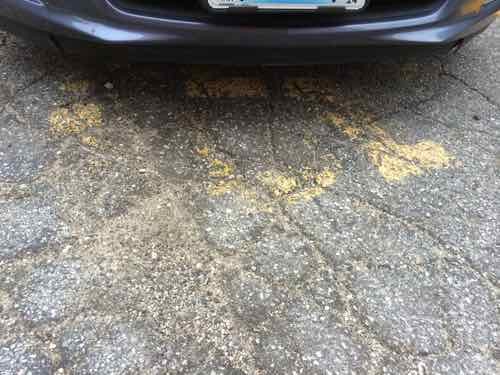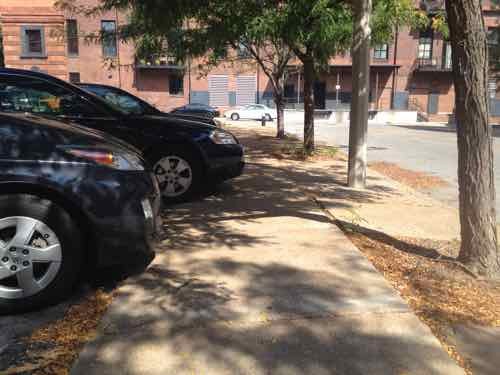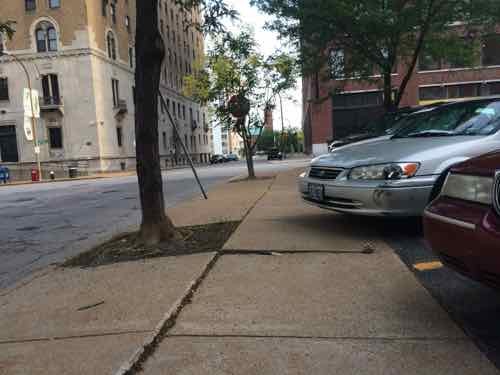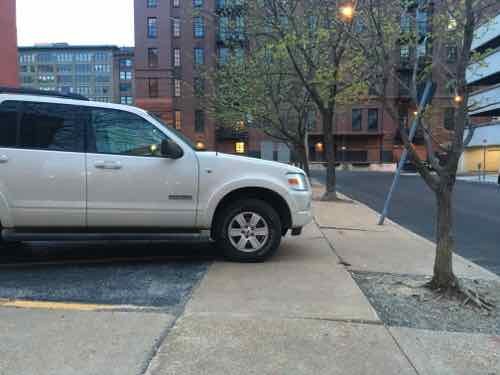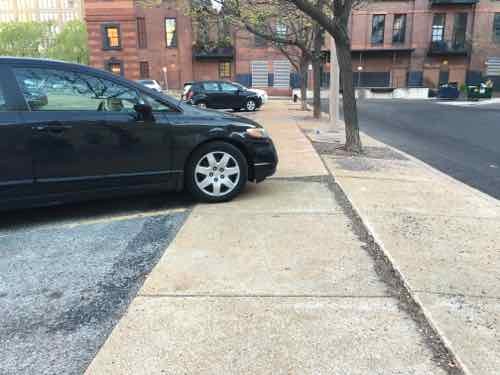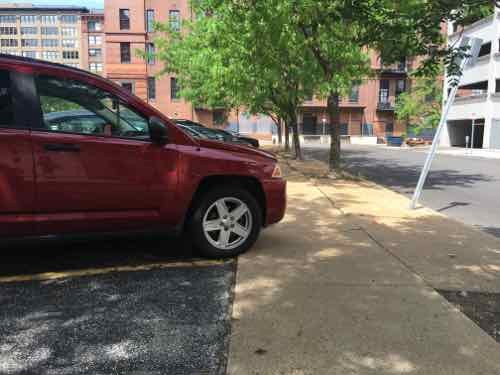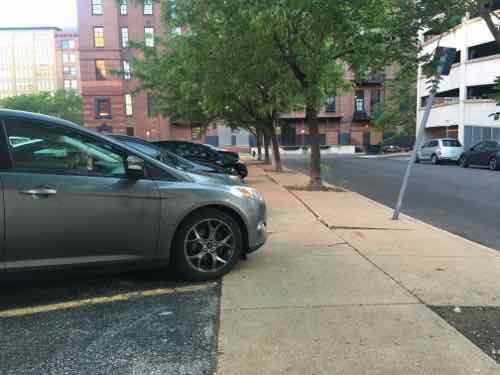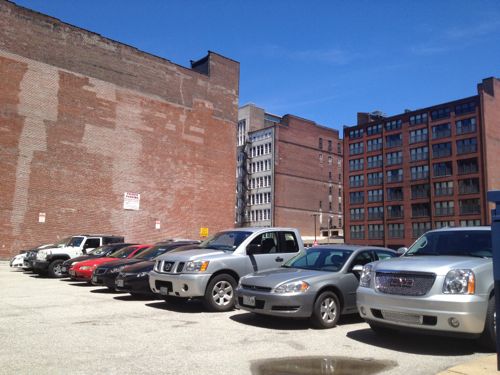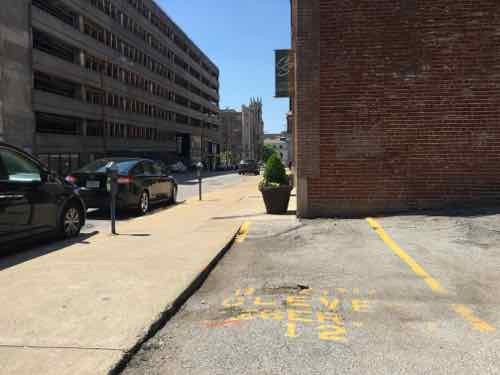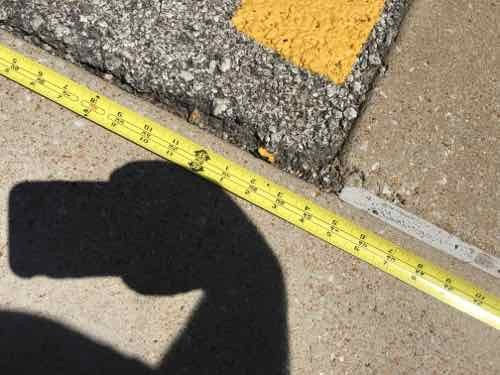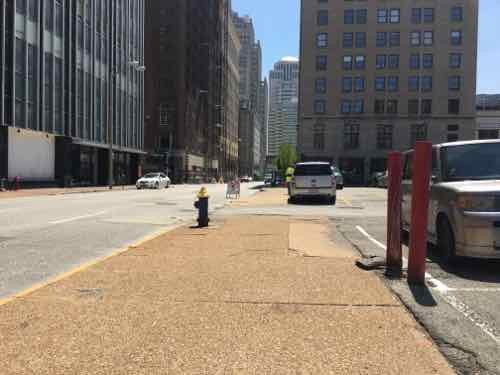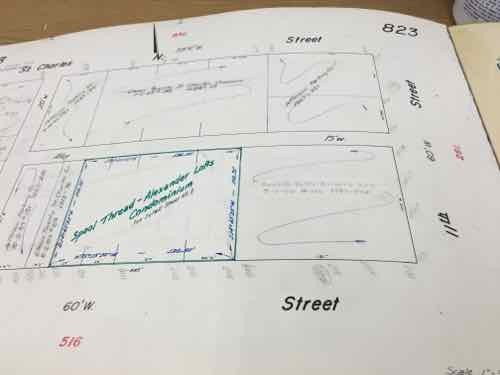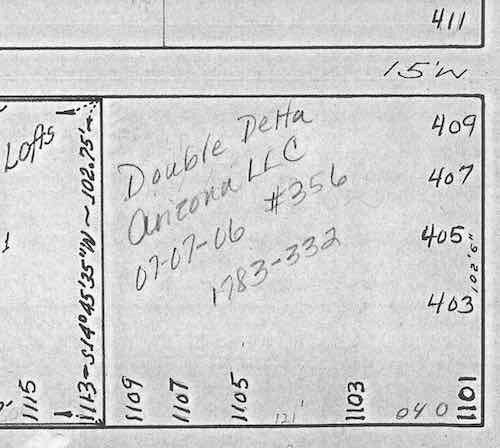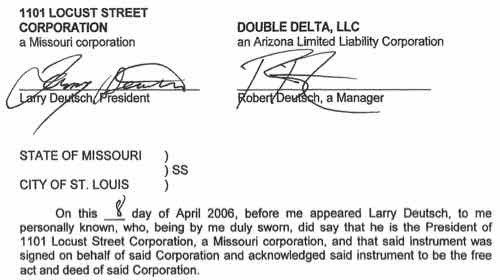A Great Idea I Need To Get Used To: The Zipper Merge
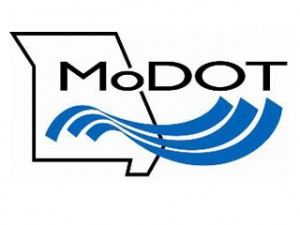 I’ve been driving for thirty-three plus years now, considering myself a good driver most of that time. That said, I’ve recently learned the way most of us merge at lane closures contributes to backups. Minnesota has taken the lead to push The Zipper Merge:
I’ve been driving for thirty-three plus years now, considering myself a good driver most of that time. That said, I’ve recently learned the way most of us merge at lane closures contributes to backups. Minnesota has taken the lead to push The Zipper Merge:
The state of Minnesota began openly advertising the zipper merge in the early 2000s, even including its description in the state’s driver’s manual, but the measure didn’t begin to widely catch on until a few years ago, thanks to a state-wide advertising campaign in both traditional and online platforms. Now Washington state has followed suit to encourage zipper merging as the result of highly publicized construction zones, particularly on bridges that connect Seattle to many tech offices (including Microsoft’s campuses) in Bellevue and Redmond. (Arstechnica)
From Minnesota’s Zipper Merge page:
What is a zipper merge?
When a lane is closed in a construction zone, a zipper merge occurs when motorists use both lanes of traffic until reaching the defined merge area, and then alternate in “zipper” fashion into the open lane.Zipper merge vs. early merge
When most drivers see the first “lane closed ahead” sign in a work zone, they slow too quickly and move to the lane that will continue through the construction area. This driving behavior can lead to unexpected and dangerous lane switching, serious crashes and road rage.Zipper merging, however, benefits individual drivers as well as the public at large. Research shows that these dangers decrease when motorists use both lanes until reaching the defined merge area and then alternate in “zipper” fashion into the open lane. Watch a brief video of how it works.
So I’m supposed to merge late?
Yes! As you see the “lane closed ahead” sign and traffic backing up, stay in your current lane up to the point of merge. Then take turns with other drivers to safely and smoothly ease into the remaining lane. Don’t worry about being “Minnesota nice.” When traffic is heavy and slow, it is much safer for motorists to remain in their current lane until the point where traffic can orderly take turns merging.When not to do the zipper merge
When traffic is moving at highway speeds and there are no backups, it makes sense to move sooner to the lane that will remain open through construction. The bottom line is to merge when it is safe to do so.Benefits
- Reduces differences in speeds between two lanes
- Reduces the overall length of traffic backup by as much as 40 percent
- Reduces congestion on freeway interchanges
- Creates a sense of fairness and equity that all lanes are moving at the same rate
Ok, so I tend to get into the open lane early when traffic is still moving — as it says I should. But it’s not that simple — from the first article quoted above:
Johnson said that electronic, conditional signs have proven more effective than static ones, and he pointed to a study from 2010 which revealed that 80 percent of Minnesota drivers still considered themselves “early mergers.” An advertising and public outreach campaign followed, and a follow-up study in 2012 showed a massive turnaround in thinking in which 73 percent of respondents thought zipper merging was a good idea after all. (“When we were starting the campaign,” Johnson added, “we worked with an east coast advertising firm who said, ‘Wait, you have people who voluntarily leave a lane?'”)
The zipper’s catch, of course, is that every driver on the road has to be aware of, and believe in, the style of merging before it reaches maximum efficiency. So long as enough drivers don’t fill both lanes or intentionally block the soon-to-end lane in the form of vigilante car justice, the concept still has to contend with confusion, whether from out-of-town travelers or oblivious commuters.
Like so many things — public education is the key to this working smoothly in practice. MoDOT has started to promote the zipper merge in Missouri.
Since Minnesota has been doing this longer they have more videos. The first is rather dry, the second shows how there road construction signage helps explain this as people are instructed to merge into a single lane.
I also compared the Minnesota driver’s manual to Missouri’s. The Minnesota manual covers the zipper merge on pages 47-48, Missouri’s makes no mention.
— Steve Patterson
